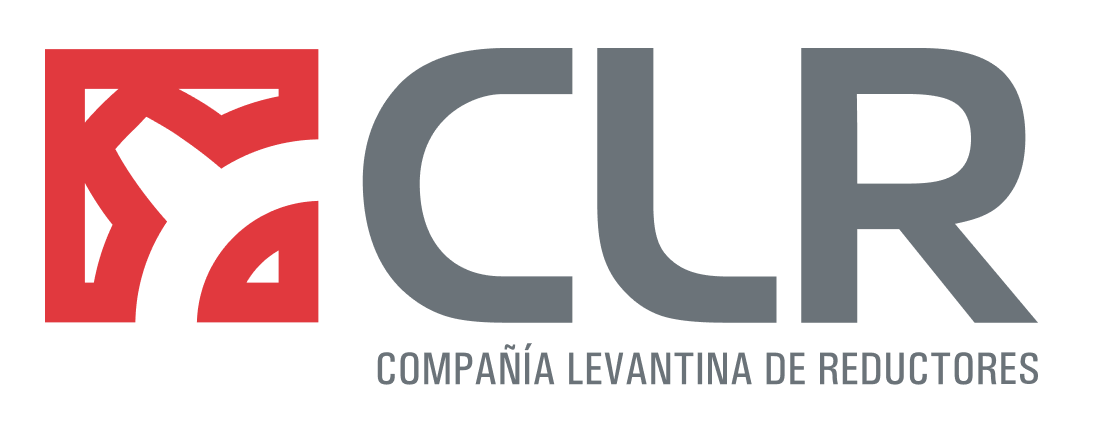
In a multitude of projects the electrovalves they become protagonists and there are many occasions when we doubt if they should be operated by solenoid or motor; if you have ever asked yourself this question you are in luck, in this post we are going to explain to you when you should choose one option or another, but first of all we will clarify What is a solenoid valve and What other modalities exist. Let's do it!
You might be interested in: CLR gear machining: what it is and what parts are obtained
Una electrovalve It's a electromechanical valve designed for controlling the passage of a gas or fluid through a duct or pipe. They usually have two stances: open and closed, but we have proven that, as in life itself, it doesn't always work all or nothing, so there is currently a lot of growth in proportional solenoid valves What allows you to have infinite intermediate positions. Las electrovalves are designed for can be used with water, oil, gas, air, fuel or steam, among others, and can be of two to five ways. We can also find them manufactured in brass, stainless steel or PVC, depending on the fluid in which they are going to be used. They usually work in three modalities different, depending on the purpose for which they are intended:
- Direct action: The electrical command Directly actuates the opening or closing of the valve by means of a plunger.
- Indirect action: When you receive the Electric command actuates the plunger which in turn allows, as a second action or indirect action, that the Main diaphragm opens or closes. This series of valves requires minimum pressure in order to work properly.
- Mixed or combined action: They do not require minimum pressure such as those of indirect action. In these valves the Opening command is done in 2 times, first the upper pressure of the large diaphragm is emptied and then the pressure below the diaphragm pushes it to open. In the second opening phase, the plunger is held by means of a spring to the large diaphragm and this spring accelerates the action of pressure from the bottom up to open the same diaphragm.
In addition, each of these categories can be Normally Closed (N.C.) or Normally Open (N.A.), depending on whether the function you are going to perform is that it is closed and when you receive the signal in the solenoid Open for a few seconds, or on the contrary, keep it open and when you receive the signal on the solenoid cut off the flow. mixed-action and indirect-action valves, the diaphragms What are used They depend on the material that will flow through them. Diaphragms can be of BUNA, VITON or TEFLON because each of these diaphragms has certain characteristics. For example, the diaphragm of BUNA supports temperatures from -10 +90 C and is recommended for water, air and inert gas. In the case of VITON supports highest temperatures -10 +140 C and is recommended for light oil, gasoline and diesel. In the case of TEFLON Withstands temperatures -10 +180 C and is recommended for vapour due to the temperature it can withstand and its resistance.
You may be interested in: [Free eBook] Keys to manufacturing mechanical parts: From machining to 3D printing
How do proportional valves work?
Las proportional solenoid valves They allow control and regulate a fluid depending on a Electrical signal, which can be current or voltage. The association of these valves with control electronics makes it possible to improve their level of accuracy and therefore, expand its field of application. Su Main application It's the position and force control, since the movements are proportional and precise, allowing a more accurate management of the passage of fluids. classifying In:
- Flow valves: regulate this entity of Continuous way Between a null value and a maximum value. On the other hand, they are distributor valves with a slide, having a variable number of ways and positions.
- Pressure valves: they regulate this parameter in their output, also continuously, between a minimum value and a maximum value, equivalent to the inlet pressure.
Differences between motor-operated solenoid valves and solenoid valves
The valves are the control instruments most essential that can exist in the industry thanks to its design and materials, among their functions stand out that of opening and closing; connecting and disconnecting; regulating, modulating or isolating liquids and gases. Normally, a valve consists of Two parts; the driving part or actuator and the body. While the corpus is responsible for controlling the amount of fluid that circulates through it, the driving part or actuator It is responsible for Apply force necessary to obtain the movement of the body in order to carry out the regulation. As actuators we can find, among others, the operated by solenoid And the motor-driven.The Solenoids are devices capable of creating a magnetic field Extremely uniform and intense inside and very Weak on the outside. Thanks to this magnetic field we can obtain a linear motion on a shaft made of ferrous materials that will be responsible for acting on the valve body. motor-operated solenoid valves They usually use single-phase alternating or direct current motors, although we can also find other types of motor depending on the precision and strength we need.
You may be interested in: Single-phase, two-phase and three-phase motors: everything you need to know
Motor and solenoid operated solenoid valve applications
La finality Of a Solenoid controlled valve is the same that those controlled by motor, but depending on the use and application To which we are going to assign this valve, it will be necessary to choose one system or another. Normally in applications where we need low energy consumption, we will choose the motor-controlled, since only consume energy in transitions between one state or another, allowing us to stop them in a specific position. Equally for large valves it is better to use motor-controlled ones since they are much easier to implement. On the other hand, for applications where the Priority is the speed of transition it is better to use the controlled by solenoids, since the linear motion generated by the solenoid is very fast. In the same way, if we have small valves, it is common to use this device since they are very easy to implement.
What aspects should we consider when choosing a valve?
- Fluid to be controlled (viscosity characteristics, pH...)
- Ranks of Pressure with whom you want to work
- Temperature of the fluid and the external environment
- Tipo of plumbing or connection
- Electrical characteristics of the valve (operating voltage ranges; DC or AC)
- Strength necessary
- Velocidad Of operation
- Tiempo Of operation
As we have already mentioned before, the use of one technology or another will be conditioned by final application And the features that they are sought. While a motor-operated solenoid valve is usually used in irrigation systems with flow or pressure control, high pressure hydraulic lines, dental equipment and suspension systems in vehicles; electrovalves operated by solenoid They are very common in r systemscommercial refrigeration, in the control of industrial pneumatic systems, compressors, coffee machines and boilers.
You may be interested in: Use of mechanical actuators for automotive pressure systems
Between the features of both technologies, the following stand out:
Motor-operated valve:
- Variable opening (flow) proportional to the control signal
- No minimum pressure required Of operation
- Low consumption electrical
- Position Of the valve Maintained in the event of a power cut
Solenoid operated valve:
- High speed Of transition
- Simplicity In construction
- Low cost
If after reading this article you are still Having doubts of which technology is right for you, from CLR, Levantine Gear Motor Company, we can help you. Our team of engineers has extensive experience in projects with electrovalves, some of them becoming success stories such as motorized solenoid valves for force regulation in vehicle suspensions, where the biggest challenge was to find a solution in which our gearmotors would work at maximum performance Enduring high vibration volumes and harsh outdoor weather conditions.
We offer customized, tailor-made solutions. Configure with us the perfect gearmotor for your project.
¿Tienes un proyecto en mente?
We can manufacture your tailor-made solution, we accompany you at every stage of the project to offer the solution that best suits your application.
Do you have a project in mind?
We can manufacture your tailor-made solution, we accompany you at every stage of the project to offer the solution that best suits your application.








